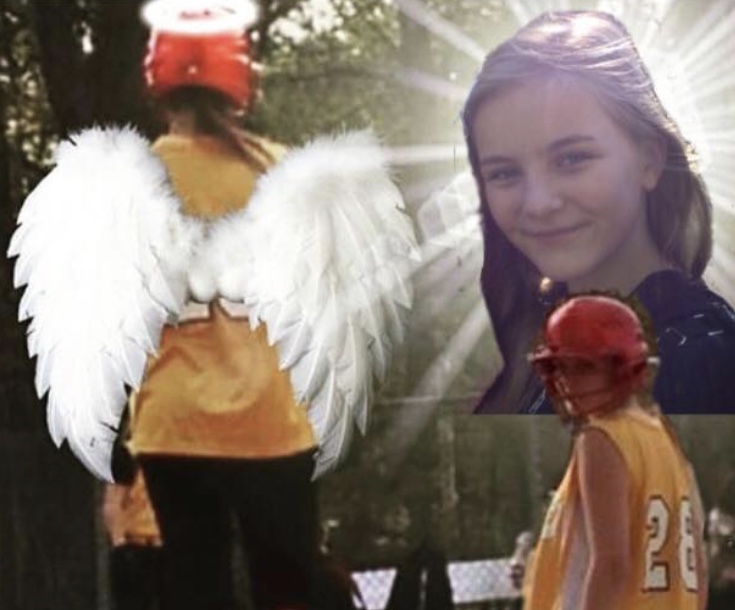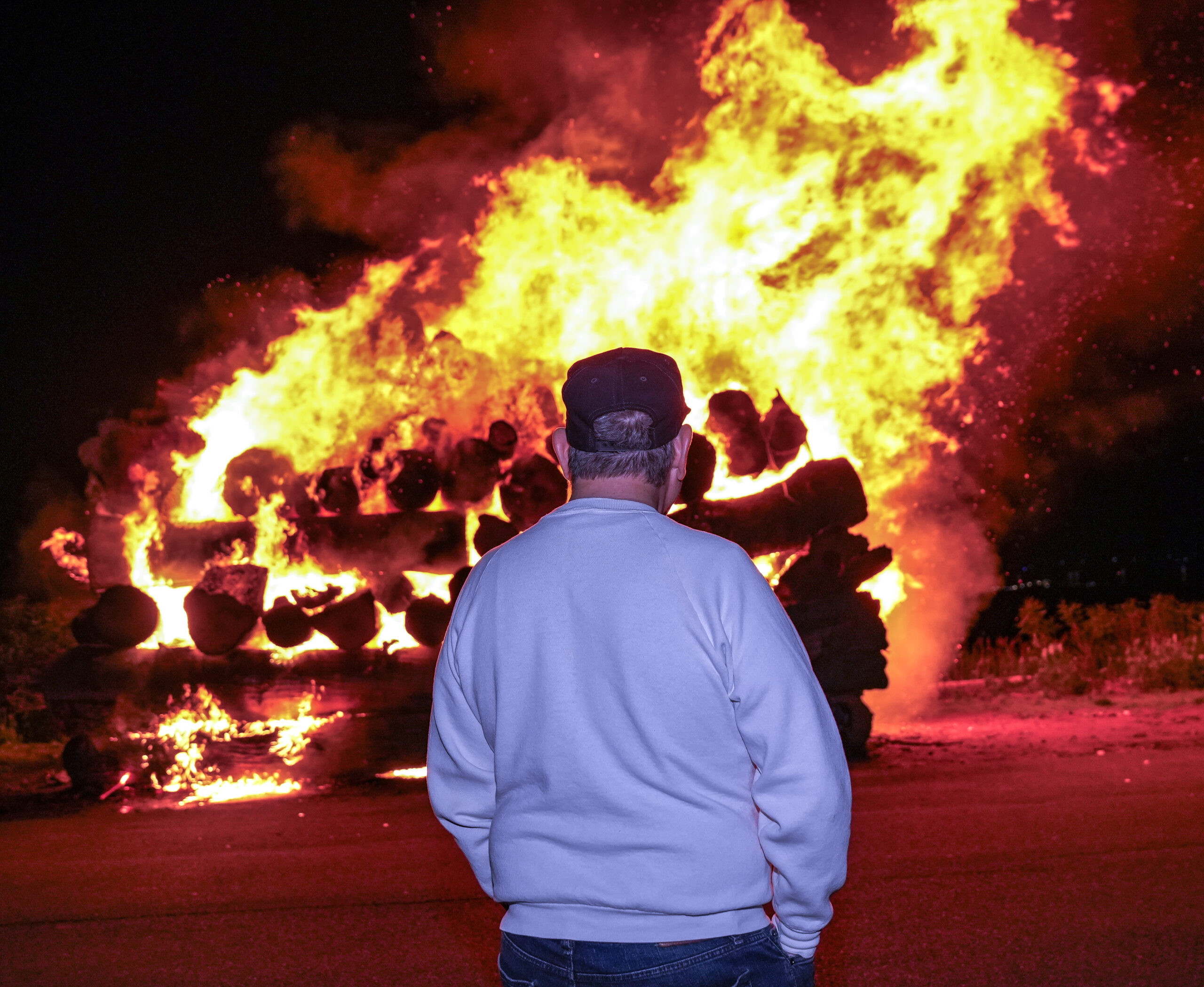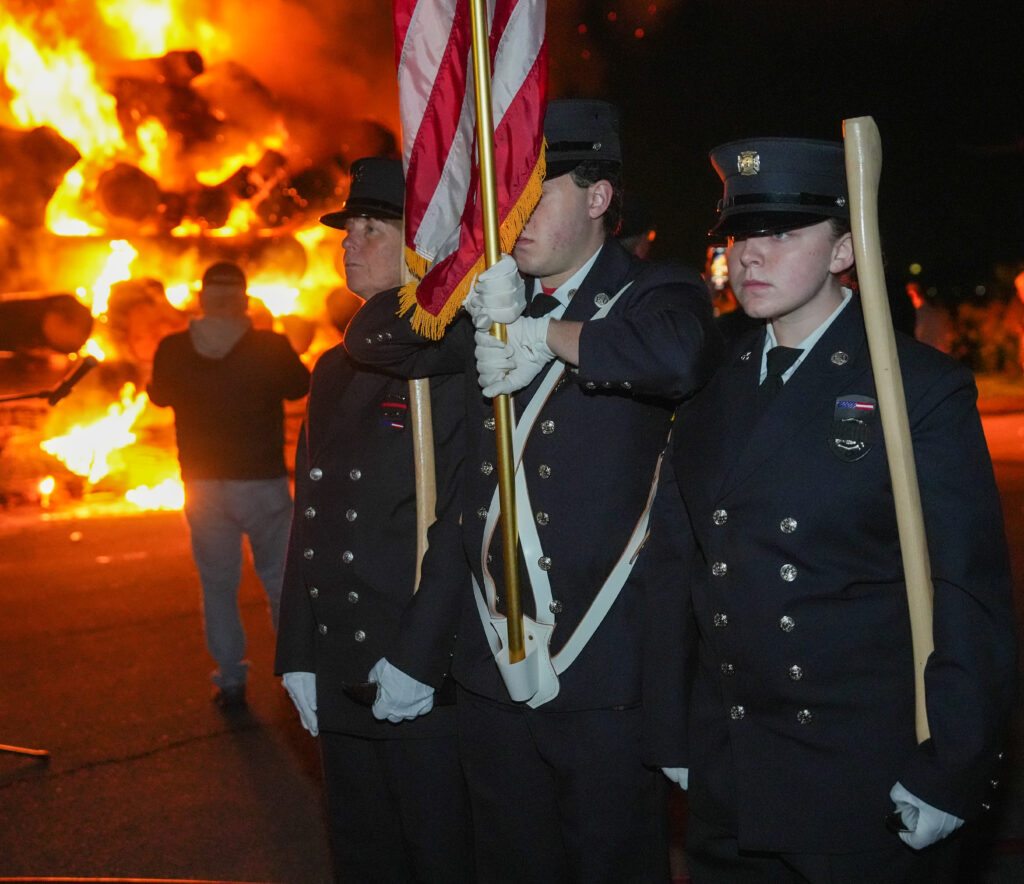NEW CITY, NY – On May 23, 2015, Larisa Karassik, a 13-year-old from Clarkstown, was tragically killed by a drunk driver.
Since then, her mother Anastasia, created the Larisa Karassik Foundation in the hopes that no parent or family ever experience the tragic loss of a child due to the selfish act of those driving under the influence of alcohol and drugs. She speaks with High School students on the dangers of drinking and driving, and tells them Larisa’s story.
Every year, friends and family gather at Rockland Lake State Park for a “Fun Run” in Larisa’s honor. Due to weather the run was postponed, but will be this Thursday at 6:30 pm. The race is in partnership with State Senator David Carlucci and the Rockland Road Runners. (details below)

Family FUN RUN to benefit the Larisa Karassik Foundation. Please Join Us – to Stop Drunk Driving!
Where: Rockland Lake, North Parking Lot
When: August 29, 2019 at 6:30 PM
Please complete the registration form to participate in the Family Fun Run at Rockland Lake on Thursday, August 29th.
Suggested Donation:
$20.00 per person,
$35.00 per family.
REGISTER HERE
It was Memorial Day weekend, and Larisa, like so many others, was enjoying one of the traditional joys of the holiday weekend: going out for ice cream. Larisa, together with her best friend, was seated in the back seat of the car being driven by her father, when a speeding truck ran a stop sign and plowed into the side of their car, killing Larisa and seriously injuring her father and friend. The driver of the truck was drunk and on prescription drugs. Larisa was only 13 years old at the time of that fatal accident.
Learn more about the Larisa Karassik Foundation – HERE.

 Police/Fire/EMS7 days ago
Police/Fire/EMS7 days ago
 Community1 week ago
Community1 week ago
 Politics1 week ago
Politics1 week ago
 Government7 days ago
Government7 days ago




















